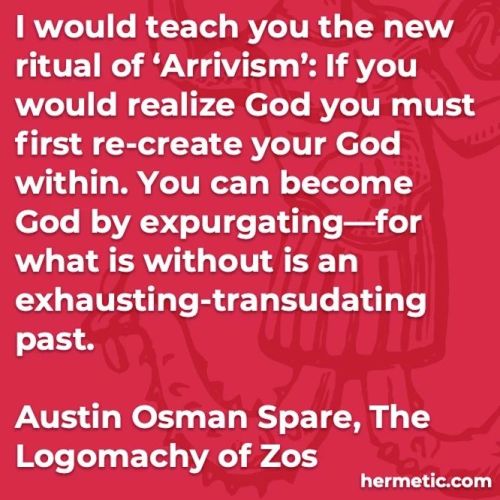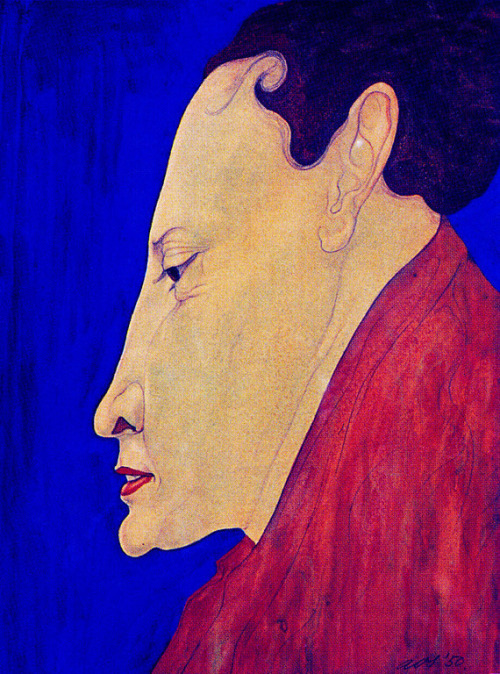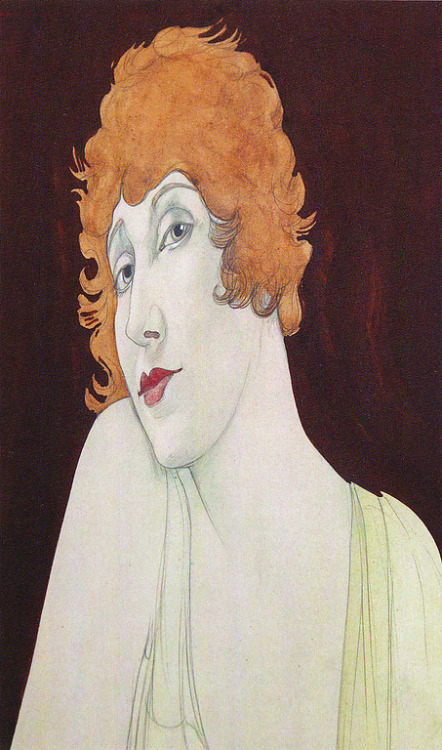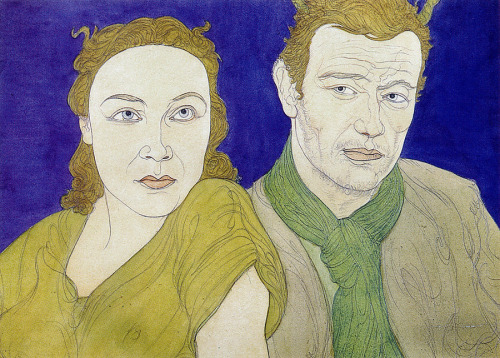#austin osman spare
The Satyr & Other Tales: Book Review
The Satyr and Other Tales: Book Review
Stephen J. Clark’s The Satyr & Other Tales is an anthology of his earlier book releases The Satyr (2010) and The Bestiary of Communions (2011) now released as a paperback edition.
Uniting the 4 tales in a single anthology is a good move as the tales compliment each other and are united not only by all the tales being set around the times of the two world wars but there is also a thread of…

Ithell Colquhoun, Ghosts and World Receivers
Ithell Colquhoun, Ghosts and World Receivers
Ithell Colquhoun: Genius of the Fern Loved Gully by Amy Hale
In art history discussions British Surrealism is often an under-represented topic as is one of its most important pioneers – Ithell Colquhoun. But there is more to and more to say about Colquhon than her on-off relationship with Surrealism as Amy Hale makes strongly apparent in her biography of this intriguing artist. Born in India in…

Kenneth Grant. Hecate’s Fountain. London: Starfire Publishing Ltd., 2022. Hardcover edition. 297 pages.
Shop link in bio.
Kenneth Grant. The Magical Revival. London: Starfire Publishing Limited, 2020. Hardcover edition. 264 pages.
Shop link in bio.
Michael Staley, editor. Starfire: A Journal of the New Aeon Volume II, Number 3. London: Starfire Publishing, 2008. Standard softbound edition. 189 pages.
Shop link in bio.
“The Hermit” by Austin Osman Spare
Jonathan Allen, editor. Lost Envoy: The Tarot Deck of Austin Osman Spare. London: Strange Attractor Press, 2016.

Phil Baker. Austin Osman Spare: The Occult Life of London’s Legendary Artist. Berkeley, CA: North Atlantic Books, 2014. Paperback. 328 pages.
Shop link in bio.
I would teach you the new ritual of ‘Arrivism’: If you would realize God you must first re-create your God within. You can become God by expurgating—for what is without is an exhausting-transudating past.
Austin Osman Spare, The Logomachy of Zos #book #quote The Hermetic Library Blog
Post link
Self-Portrait, Austin Osman Spare
Austin Osman Spare (1886 – 1956) was an English artist and occultist who worked as both a draughtsman and a painter. Both his writings and illustrations show of a controversial genius outsider artist and visionary esoteric philosopher, probably one of the most influential and innovative figures in twentieth century occultism. The youngest exhibitor at the 1904 Royal Academy exhibition, Spare went on to attend the Royal College of Art, where he dropped out without completing the course, and had his first West End show at the Bruton Gallery in 1907. Some critics liked it (“almost unrivalled”; “his management of line has not been equalled since the days of Aubrey Beardsley; his inventive faculty is stupendous and terrifying in its creative flow of impossible horrors”); but others didn’t, already seeing Spare’s work as abnormal, pathological, and degenerate. George Bernard Shaw is supposed to have said that Spare’s medicine was too strong for the normal man. At this stage, controversial as he was, Spare was still “the Darling of Mayfair”, however with his career the wrong way round, beginning as a West End celebrity and ending up in an obscure South London basement. By the time he died, in 1956, he had been largely forgotten by the ‘straight’ art world, but since his death he has become a legendary figure, not just for his remarkable art but for his even more remarkable inner life as a twentieth century magical thinker.
Spare’s art, is exceptionally powerful, but one of the most peculiar things about it is his chameleonic range of styles. Spare’s distinct modes - some at different periods, others contemporary with each other - have been compared to Beardsley, Michelangelo, Dürer, and Blake, among others, but they have an intensity that goes beyond pastiche, with something unmistakably “Spare” about all of them. There are also his straight pastel portraits of ordinary South Londoners (which are among his best work), occult and automatistic graphics, and anamorphic distortions of perspective in a technique that Spare termed “siderealism”. And then there are the strange graphics that Spare drew to “visualise sensation” in The Book of Pleasure, which are unlike anything that anybody else was doing at the time.
Post link








